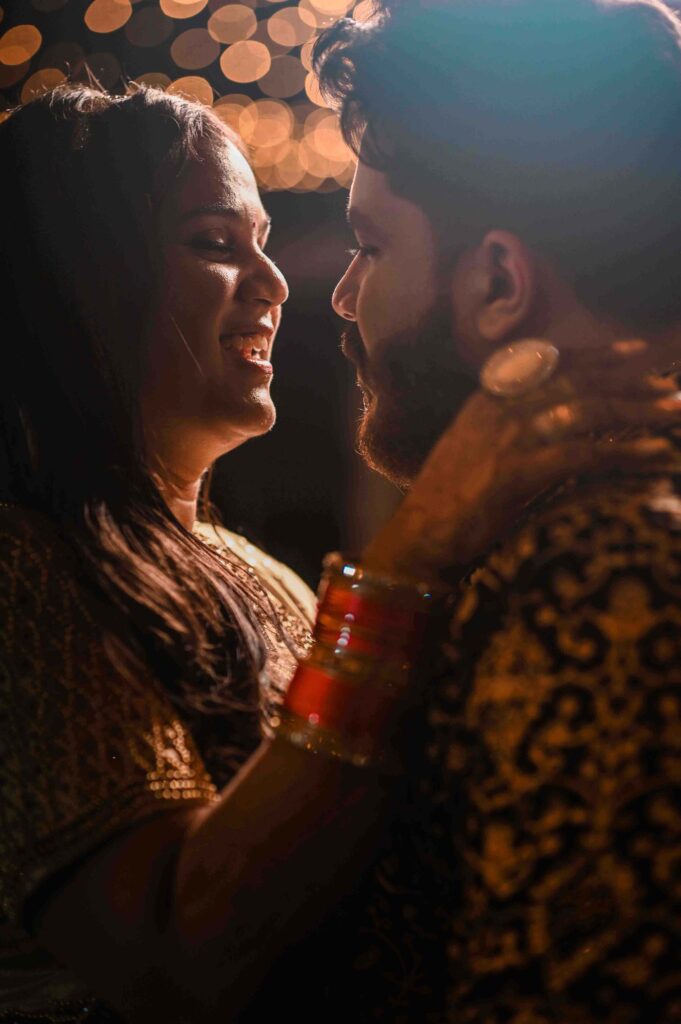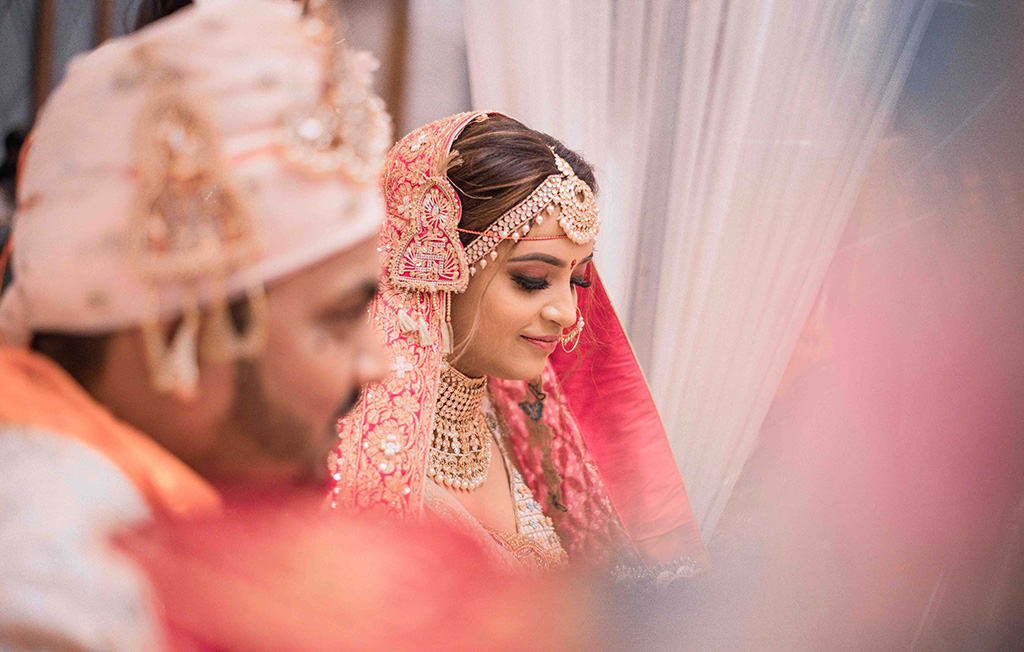wedding photography is more than just a technical craft; it is about telling a story, capturing moments of joy, emotion, and significance that define one of the most important days in a couple’s life. For wedding photography understanding the nuances of the wedding day is crucial to delivering images that not only showcase the event’s beauty but also preserve its emotional depth. A wedding is a complex, multifaceted event filled with a variety of moments, both planned and spontaneous. To effectively capture these moments, a photographer must have a thorough understanding of the wedding day’s structure, its emotional arcs, and the cultural or personal significance it holds for the couple.
In this article, we will dive deep into the wedding day from a photographer’s perspective, exploring the key components of the day, the various moments and emotions to expect, and the critical role of a photographer in translating these moments into timeless images. By understanding the rhythm, pace, and emotional undercurrents of the day, wedding photography can prepare themselves to deliver a comprehensive visual narrative that honors both the couple’s wishes and the natural flow of the day.
1 (I). The Structure of the wedding photography
A wedding day is typically divided into several stages, each with its own unique atmosphere, emotions, and challenges for the photographer. From the pre-ceremony jitters to the joyful reception celebration, every moment offers opportunities to capture different facets of the couple’s journey and the surrounding emotions. Let’s take a closer look at the key stages of a wedding day:
1. Pre-Ceremony: The Getting Ready Shots
The getting-ready phase of a wedding is one of the most emotionally charged parts of the day. Both the bride and groom are preparing for one of the most significant events of their lives, surrounded by friends, family, and loved ones. For photographers, this is an opportunity to capture the anticipation, excitement, and nerves of the couple before the ceremony.
- Bride’s Preparation: The bridal preparations often include makeup, hair styling, and putting on the wedding dress. Photographers should focus on capturing intimate moments like the bride’s reflection in the mirror, the delicate details of the dress, and the emotional support from bridesmaids or family members. These shots can be beautiful and quiet, full of personal emotion and anticipation.
- Groom’s Preparation: While the groom’s preparation may not be as elaborate as the bride’s, it is equally important. Capturing the groom’s thoughts as he prepares, often with his groomsmen, can offer moments of humor, camaraderie, and moments of quiet introspection. The photographer should aim to capture the groom’s reactions as he puts on his suit, ties his tie, and shares private moments with close friends or family.
- The Importance of Detail Shots: During the getting-ready phase, photographers should also focus on details such as the wedding rings, shoes, bouquets, and other personal items. These often-overlooked details contribute to the overall story of the wedding and provide context for the larger narrative.

2. The First Look: A Private Moment Before the Ceremony
The first look is a moment when the couple sees each other for the first time before the ceremony. It is often an intimate and emotional exchange that allows the couple to share a private moment away from the public eye. For photographers, this is one of the most cherished moments of the wedding day, and getting the right shot is crucial.
- The Location of the First Look: Typically, couples will arrange the first look in a quiet, private location. Photographers need to ensure that the lighting is optimal, and the composition of the shot captures both the emotional impact of the moment and the surrounding environment. The photographer should aim to capture both the groom’s reaction and the bride’s entrance in a way that reflects the intimacy of the moment.
- Emotion and Anticipation: The first look is often filled with raw emotion, as it marks the beginning of the ceremony and the couple’s commitment to one another. Photographers should focus on the couple’s expressions, body language, and any gestures of tenderness or joy.
3. The Ceremony: The Heart of the Wedding Day
The wedding photography is the focal point of the entire day, filled with moments of emotional weight, religious or spiritual significance, and legal formalities. For the wedding photography, the ceremony presents both challenges and opportunities to capture pivotal moments, including vows, ring exchanges, and the couple’s first kiss.
- Planning for Key Moments: The photographer must be aware of the key moments during the ceremony. These typically include the bride walking down the aisle, the exchange of vows, the ring exchange, the first kiss, and the signing of the marriage license. Each of these moments carries great emotional significance and should be photographed carefully.
- Adapting to the Venue: Different wedding venues—whether they are churches, outdoor settings, or private estates—present unique lighting and spatial challenges. Photographers need to be adaptable, positioning themselves in places where they can get a clear shot without disturbing the ceremony. Working with natural light, flash, or using additional lighting gear may be necessary depending on the venue.
- Capturing the Emotions: The photographer’s role during the ceremony is to document the emotions that are unfolding, not just from the couple, but from their families and guests. A photograph of a parent’s tearful gaze or a friend’s smile during a heartfelt speech can be as powerful as the couple’s vows.
4. Post-Ceremony: Group Portraits and Family Photos
After the ceremony, many couples opt to take formal group portraits with family members and the wedding party. While these photos are essential, they also present logistical challenges due to the number of people involved.
- Efficient Grouping: wedding photography should have a clear plan for these group shots, which often include family members, bridal party members, and sometimes extended family. Having a pre-arranged list of must-have shots, and delegating a family member or wedding planner to help gather people for each photo, can help reduce time spent on these formalities.
- Outdoor Portraits: If the ceremony is followed by outdoor portraits, photographers should take advantage of natural light and scenic backgrounds. The photographer should ensure that the couple feels relaxed and comfortable while posing, capturing natural, candid moments between the couple as well as with family members.
- Managing Large Groups: Coordinating large family groups can be challenging, especially when dealing with different personalities or competing priorities. A calm and assertive approach is key to organizing these shots efficiently.
5. The Reception: A Celebration of Love and Joy wedding photography
The wedding reception is the final chapter of the wedding day, filled with celebration, dancing, speeches, and joy. The photographer’s role during this phase is to capture the exuberance and fun of the event, while also documenting the more intimate moments that might unfold.
- Capturing the Details: The reception typically involves intricate decorations, table settings, and other visual elements that set the tone of the celebration. wedding photography should capture these details to help tell the story of the couple’s personal style and vision for their wedding day.
- Speeches and Toasts: Many couples have close friends or family members give speeches during the reception. Photographers should be ready to capture the emotional reactions of the couple and their guests, as well as candid moments during the speeches. The toasts, especially the first toast to the couple, are often moments filled with emotion and celebration.
- Dancing and Celebration: The reception often transitions into dancing and socializing, with the couple’s first dance, parent dances, and open dancing. Photographers should capture both the elegance and spontaneity of the dance floor, focusing on moments of joy, movement, and intimacy.
- Candid Moments: Throughout the reception, it is important for the photographer to remain alert to candid moments between guests. Spontaneous interactions between family members, friends, and the couple can provide some of the most memorable and heartfelt images of the day.

2 (II). Understanding the Emotional Landscape of the wedding photography
The wedding day is not just a sequence of events; it is an emotional journey for the couple, their families, and their friends. As a wedding photography understanding the emotional undertones of the day is crucial to capturing its essence.
1. The Anticipation Before the Ceremony
Before the ceremony, there is often a palpable sense of anticipation. The couple may feel nervous, excited, or even overwhelmed as they prepare for the most significant commitment of their lives. The photographer’s role is to document the quieter moments of reflection, the tender exchanges with family and friends, and the sense of anticipation building as the ceremony draws near.
2. The Joy of the Ceremony and First Look
The ceremony is a moment of heightened emotion—joy, excitement, and love. The exchange of vows is a personal and intimate moment, and the wedding photography must be sensitive to the couple’s emotions while capturing these moments. The first look is often filled with raw emotion, and this is a moment where photographers can truly shine by capturing the authenticity of the couple’s reactions.
3. The Intimacy of Family and Friends wedding photography
wedding photography often involves capturing the relationships between the couple and their families. Whether it’s a parent’s proud glance during the ceremony or a tearful moment between siblings, these intimate moments create the emotional heart of the wedding album.
4. The Celebration of Love and Fun at the Reception wedding photography
The reception represents the joyful culmination of the wedding day. The celebration of love, laughter, and togetherness is often expressed through dancing, speeches, and socializing. The photographer’s role here is to capture the energy and fun while also preserving the deeper emotional moments of the day.

3 (III). Conclusion
wedding photography is a unique and multifaceted art form that requires more than just technical expertise. It demands a deep understanding of the emotional and logistical complexities of the wedding day. By understanding the various stages of the wedding day—from the quiet moments of preparation to the emotional first look, the sacred ceremony, and the lively reception—photographers can better anticipate the emotions, interactions, and moments that make a wedding day unforgettable. Ultimately, wedding photography is about telling a story—a story of love, commitment, and joy—and by understanding the flow and significance of the wedding day, photographers can capture images that resonate deeply with the couple for years to come.














